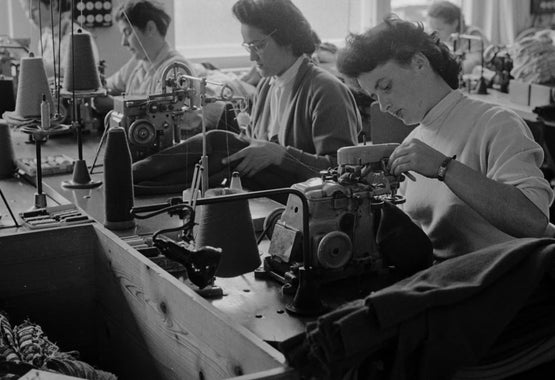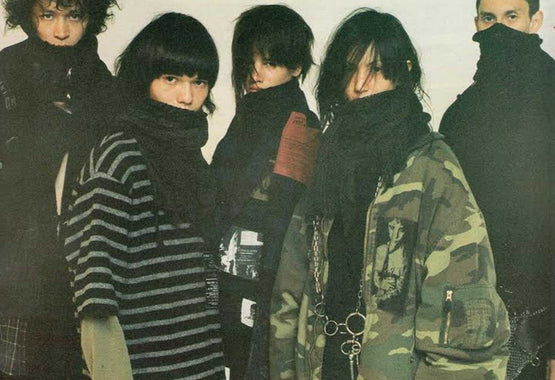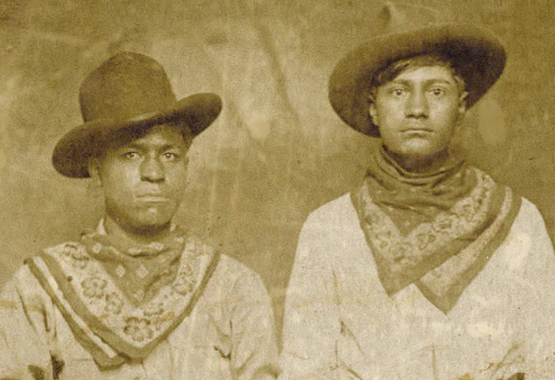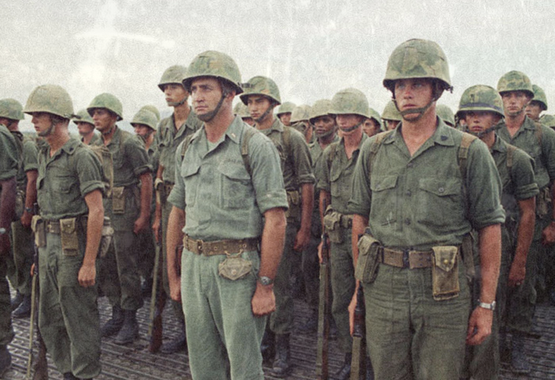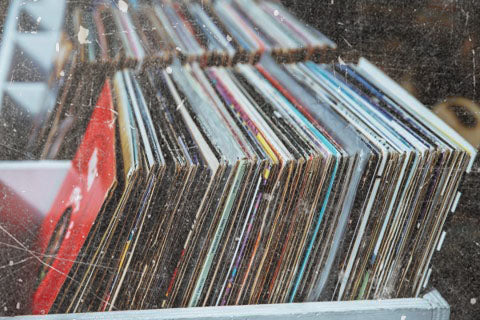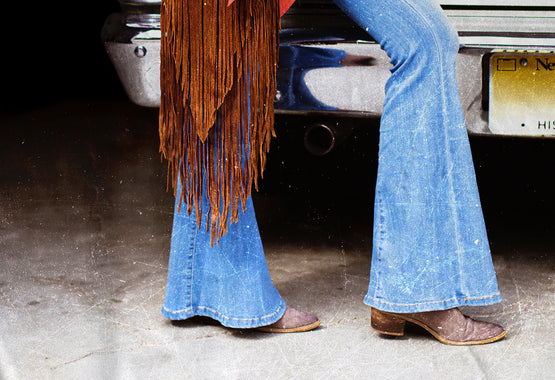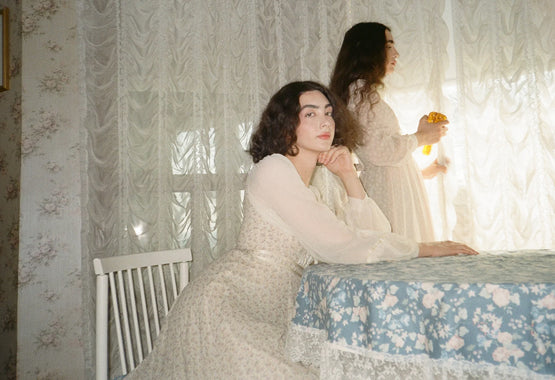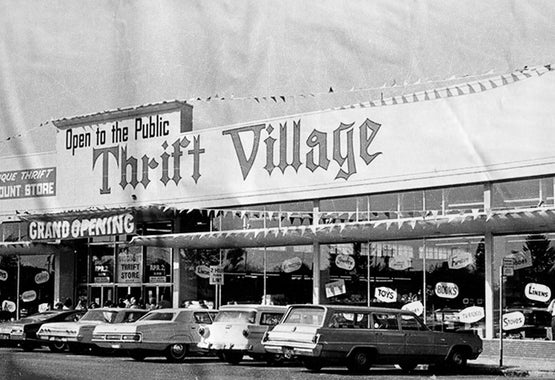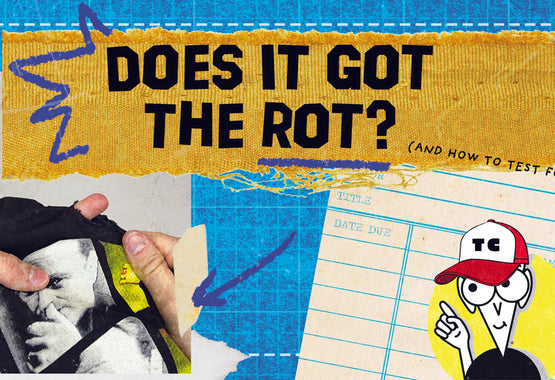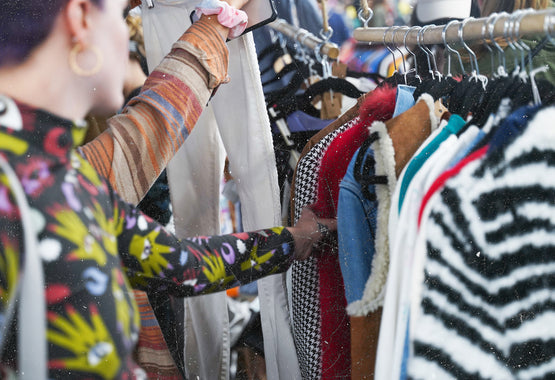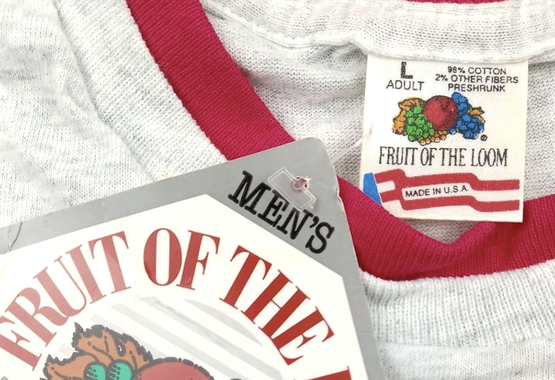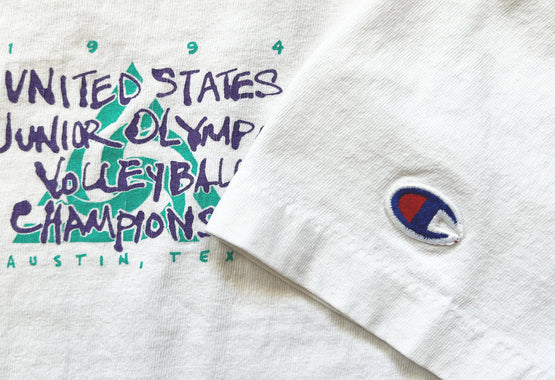The Y2K Bug New Year’s Eve Freak Out and the Fashion It Inspired


Thumb through any vintage clothing app and you’re bound to quickly find thousands of listings with a simple three-character term: Y2K. Its meaning, simple. The Year 2000. Its legacy? At the forefront of a global freak out.
Let’s rewind here for a second though. Before the millennium change, popular culture was at an undeniable zenith of youthful excess. Artists like Gwen Stefani, Beyoncé (then in Destiny’s Child) and all The Backstreet Boys led the charge. Hell even figures like Fred Durst, Christina Aguilera and Radiohead were there, too. The list really goes on of who championed the culture. (Not to mention all the other genres that came up parallel to the late ‘90s MTV saturation.)

Fashion then consisted of low rise denim with thongs pulled up to show accompanying bling, with chunky Skechers on the feet and bandanas around the head. Garish eyeshadow colors adorned faces and puka shells sat tightly around the neck. There were also meaningless tribal designs on everything, logo billboard tees, promotional tech fits, tracksuits, whatever Abercrombie & Fitch was putting out and of course baggy jeans and Pumas.
It wasn’t just white suburban and urban street kids acting the turn-of-the-world fool, either. Christian Dior’s Fall of 1999 show is often cited as one of the most Y2K things ever. The rave-inspired event featured an assortment of shiny, SaranWrap couture with unbreathable leather and ghost-like heroine chic models. It was something straight from The Matrix set design — goofy, but also kind of iconic.

There were also little pockets of souvenir-like manufacturers and designers using the once in a lifetime event to hit it big. As a vintage collector or reseller, you’ve likely seen some of the remnants of the era at thrift stores. Milo the Millennium Bug was a big one. Mark of the Millennium comes to mind as another. There were computer virus plushies and Have a Nice Millennium bumper stickers. Even hats with countdown clocks popped right in the middle of the crown. Wildly cheeky, yet unsurprisingly fashionable again some 20 years later.
The social freak out itself was dubbed the Millennium Bug when it hit mainstream media. But its origins began a long time before that in the 1950s, when a computer was used for the first time in business to catalog bakery valuations. Back then, computers were massive and needed all the space it could get on the memory chips. To cut corners, programmers used only two numbers to represent the year instead of four. It was the mid-1900s after all, so no need to consider 50 years ahead of what something so innocuous would do.

Some years later, a few tech geeks figured out there might be a problem. With the boom of the Internet, computers worldwide were being connected to all kinds of sensitive areas: air traffic control, hospitals, government protocols, etc. etc. The entire time it was happening, no one thought to change the date format to four spaces. It was feared, rightfully so, that when 12:00 a.m. came on January 1st, 2000, the world’s systems would collapse because all the software would think it was the year 1900 instead of 2000.
Predictably, society lost their collective minds.
It was a scene not much different than when COVID-19 lockdowns first began to emerge. People mobbed grocery stores and stocked up on inane things in case of a worldwide meltdown like toilet paper, canned goods and guns … lots and lots of guns.

“It was the first mainstream apocalyptic scare since the nuclear threat of the Cold War,” artist Perry Chen, who studied the Y2K phenomenon, once said. “It was also nested in a moment … where we were trying to deal with this huge technological shift — the real-deal arrival of the Internet, cell phones becoming ubiquitous, and the related mania of the U.S. stock market’s tech bubble, It seemed reasonable to many that there was a price to pay for all the rapid technological changes.”
You can maybe look at these few years as the first time in history computer nerds were really paid attention to. Before the Y2K shenanigans, pop culture always made them out to be wimpy contrasts to the beefy hunks who always got the girl. Brute force was king. Brains weren’t any good save for a round of chess or programming the clock on the VHS machineries.

But who did everyone call on to fix a worldwide meltdown!? Nerds, naturally. And they did so with resounding success, so much so that when the clock struck midnight on New Year’s Day, nothing of any substance happened. Nada.
To most, it was quite comical. Therein lies the irony of it all. Because so many programmers pulled so many tedious nights into so many early mornings, some on the outside believed there wasn’t anything wrong to begin with.

“The Y2K crisis didn’t happen precisely because people started preparing for it over a decade in advance. And the general public who was busy stocking up on supplies and stuff just didn’t have a sense that the programmers were on the job,” Paul Saffo, a futurist and adjunct professor at Stanford University, told TIME Magazine.
Estimates of the total cost for Y2K preparation came in at around $300 billion, with another few billion thrown in later for fixing problems that actually arose after New Year’s.
And though the event seemingly came and went in just a few moments in time, the fashion it inspired stays with us as now being in style once again. When it falls out, be sure to hold onto it. You’ll own a piece of worldwide digital revolution history that will never be again. *fingers crossed*

